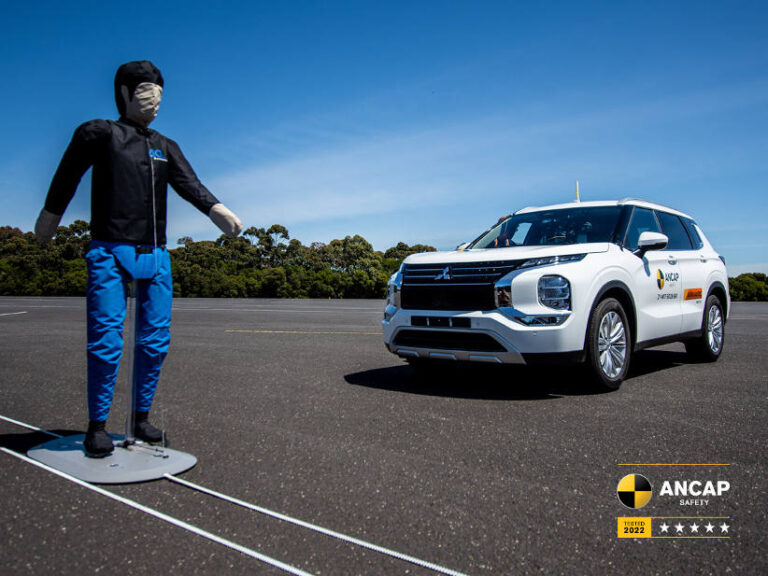A survey of fleet managers at the Australasian Fleet Management Association conference indicated some 60 percent of them have a fleet policy that mandates new vehicles purchased have a five-star ANCAP safety rating.
“That’s fantastic,” said Carla Hoorweg, CEO of ANCAP, later noting that more than 50 percent of all new passenger vehicles purchased in Australia are bought by fleets. “And by purchasing safer vehicles those are flowing through into the car parc.”
Fleet vehicles are generally held for three years and sold in the second-hand market, providing a supply of vehicles for Australian families. A common-held belief is that mums and dads buy from this supply stream the first vehicle for their newly licensed kids. Buying safe vehicles is making an impact on the roads, said Hoorweg.
Hoorweg took the opportunity in speaking to fleet managers and associated industry people to outline ANCAP protocols and tests, including some notable changes that are coming.
Increasingly, ANCAP crash tests are focussing on crash avoidance systems, such as autonomous emergency braking and lane-assist, as well as crash protection. The two approaches are integrated in the current star-rating system, where five stars is the highest possible.
Traditionally, ANCAP — or the Australasian New Car Assessment Program — have crash tested vehicles and provided their ratings based on a vehicle’s ability to protect vehicle occupants, and pedestrians, in collisions, including head-on collisions and side impacts. The tests use human-sized dummies and commonly involve as many as five vehicles being sacrificed.
One of the most notable changes coming is that from December 31st this year, vehicles that were rated in 2015 or earlier will lose their ANCAP rating. Since fleets tend to turnover vehicles before four years, this isn’t particularly relevant for organisations’ tool-of-trade fleets, but it will impact those running grey fleets.
Grey fleet refers to the vehicles owned and driven by workers. If an organisation has a fleet policy that requires owner-drivers to have an ANCAP rated vehicle then this new protocol from ANCAP will have a ripple effect.
Meanwhile, a new dummy — a leg with a pelvis attached— will be introduced to pedestrian safety focus tests in 2023.
On the subject of electric vehicles, Hoorweg said ANCAP has tested some 43 battery and hydrogen electric vehicles.
“All of them have reached five stars, indicating how manufacturers aren’t willing to compromise on safety for the environment.” Hoorweg said crash testing of EVs is the same as for internal combustion engine vehicles. EV vehicles are also tested for voltage after a crash, to ensure safety switches are activated after an impact.
New tests that will be introduced in 2023 include child detection systems, to assess the ability of a vehicle to notify the driver or emergency services if a child is left, or inadvertently left, in a vehicle.
“Some of the more advanced systems may also have the ability to automatically open the windows of the vehicle,” said Hoorweg, noting this was a topical feature now in the wake of awful flooding events in eastern Australia this year. She said the safety ratings group was also going to look at whether electronic windows and doors could be operated after a vehicle was submerged.
Later, at the ANCAP stand at the conference, Hoorweg said that some 90 percent of new vehicle models entering Australia were safety tested.
— Caroline Falls has been contributing to Fleet Auto News since 2015. She can be contacted at carolinefalls@gmail.com






